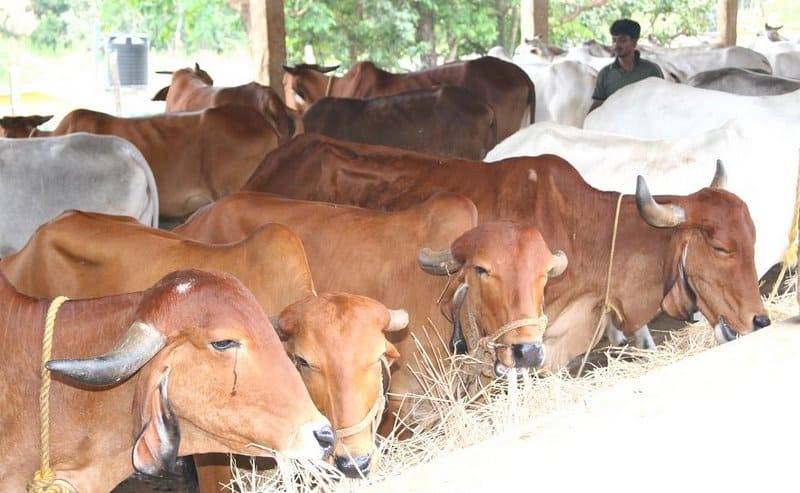
Importance of Deworming in Dairy Cattle
Changes in climate and fluctuations in environmental conditions often cause a number of health issues for cattle. Worm infestation is one such invisible disease that is prevalent in cattle in all around the world. It is extremely difficult to detect a worm infestation unless it has reached an advanced stage—by which time it could have already caused serious damage. If you are a dairy farmer, don’t wait for worms to completely destroy the health of your cattle. It is important to take precautionary measures to keep such infestations at bay. Deworming cattle helps to keep your livestock healthy and consequently, enables your dairy farm to flourish.
